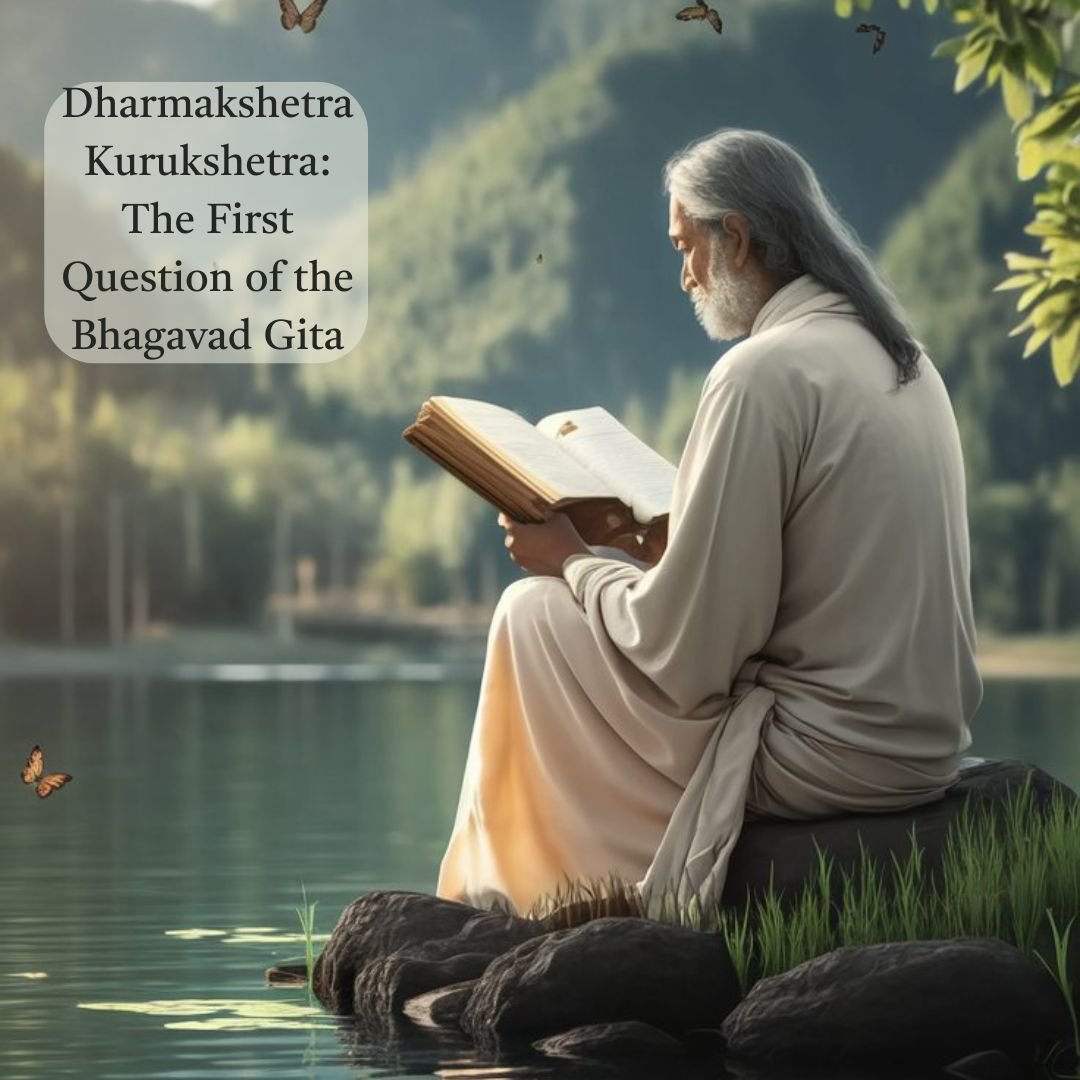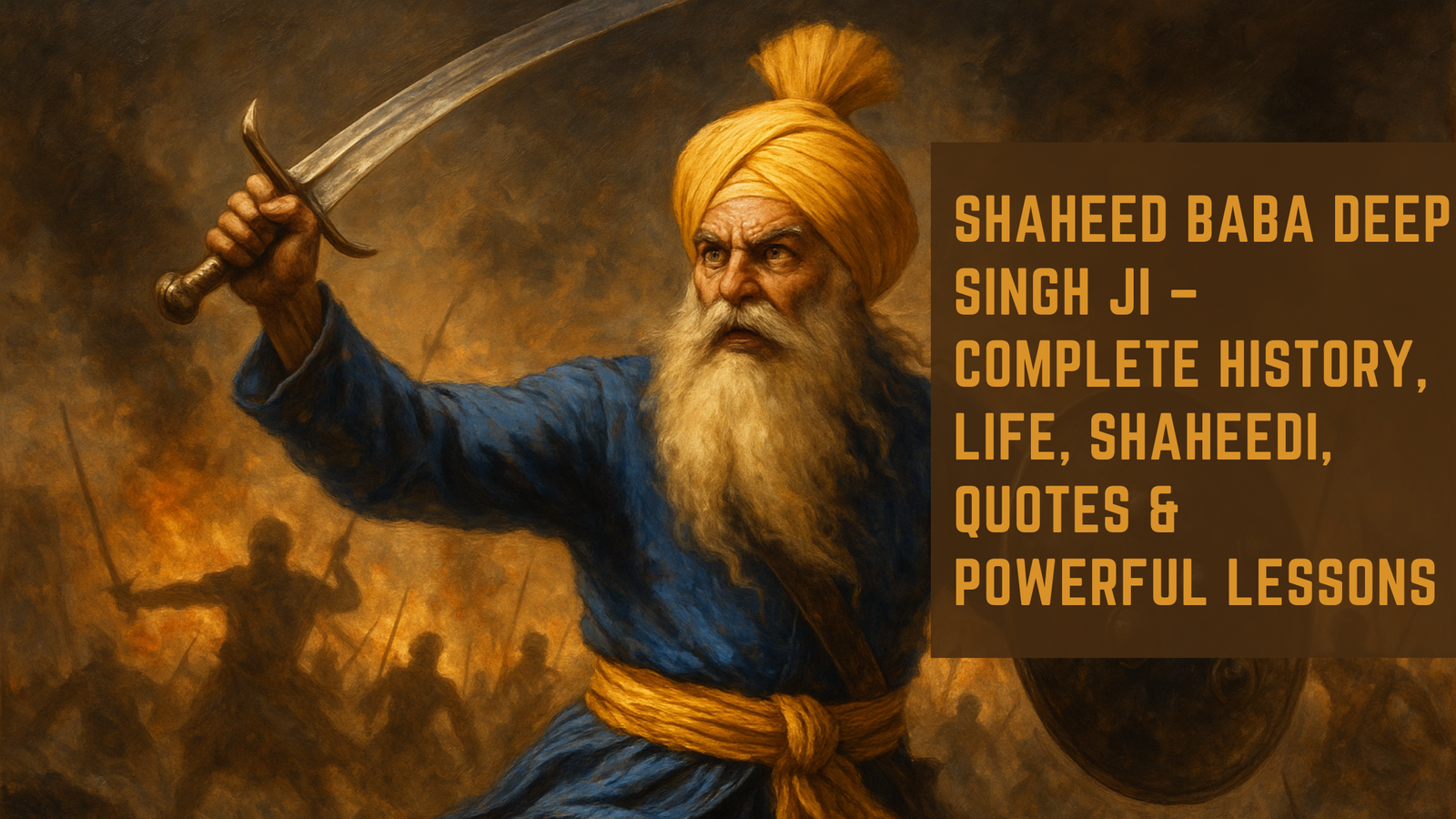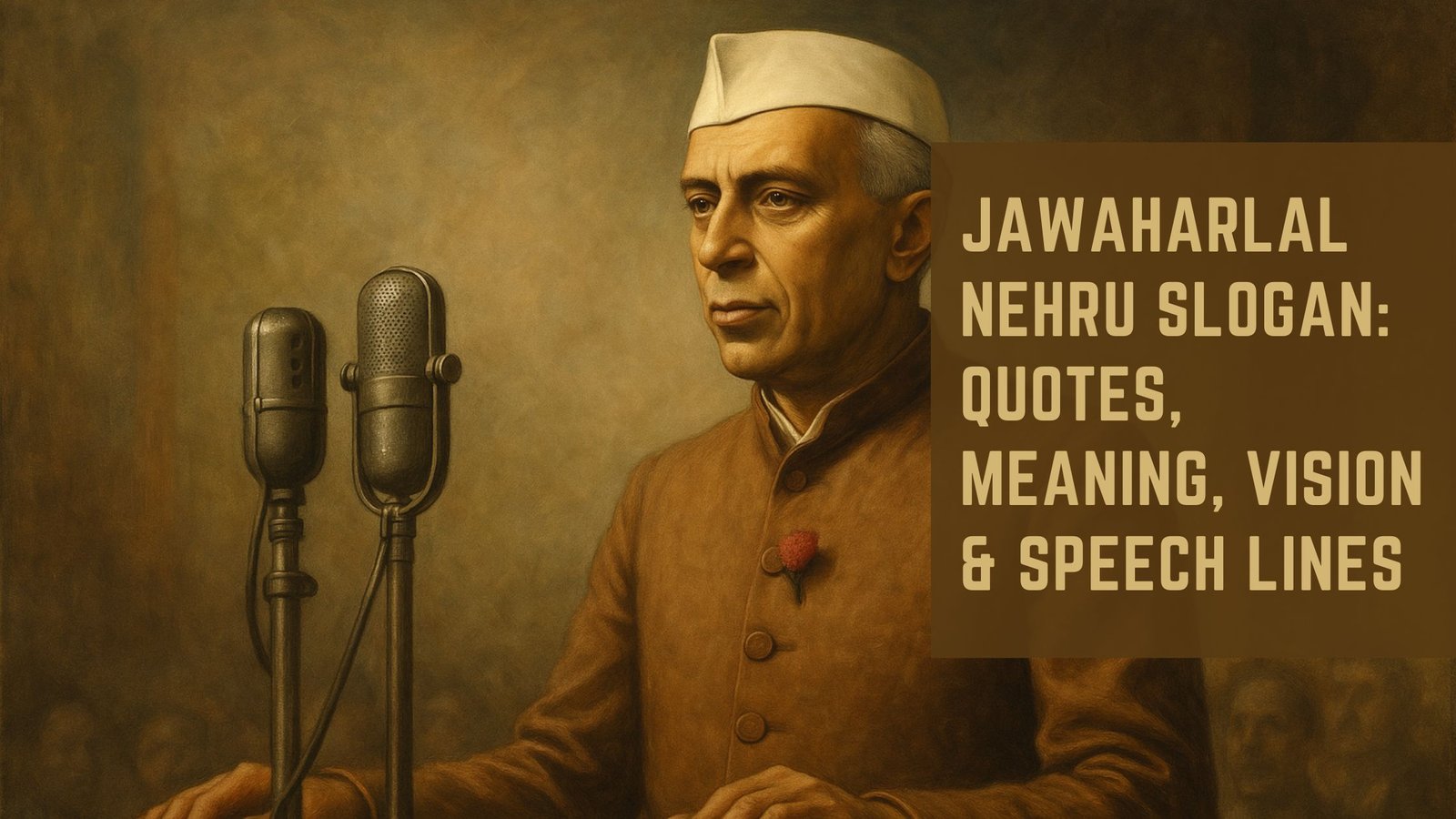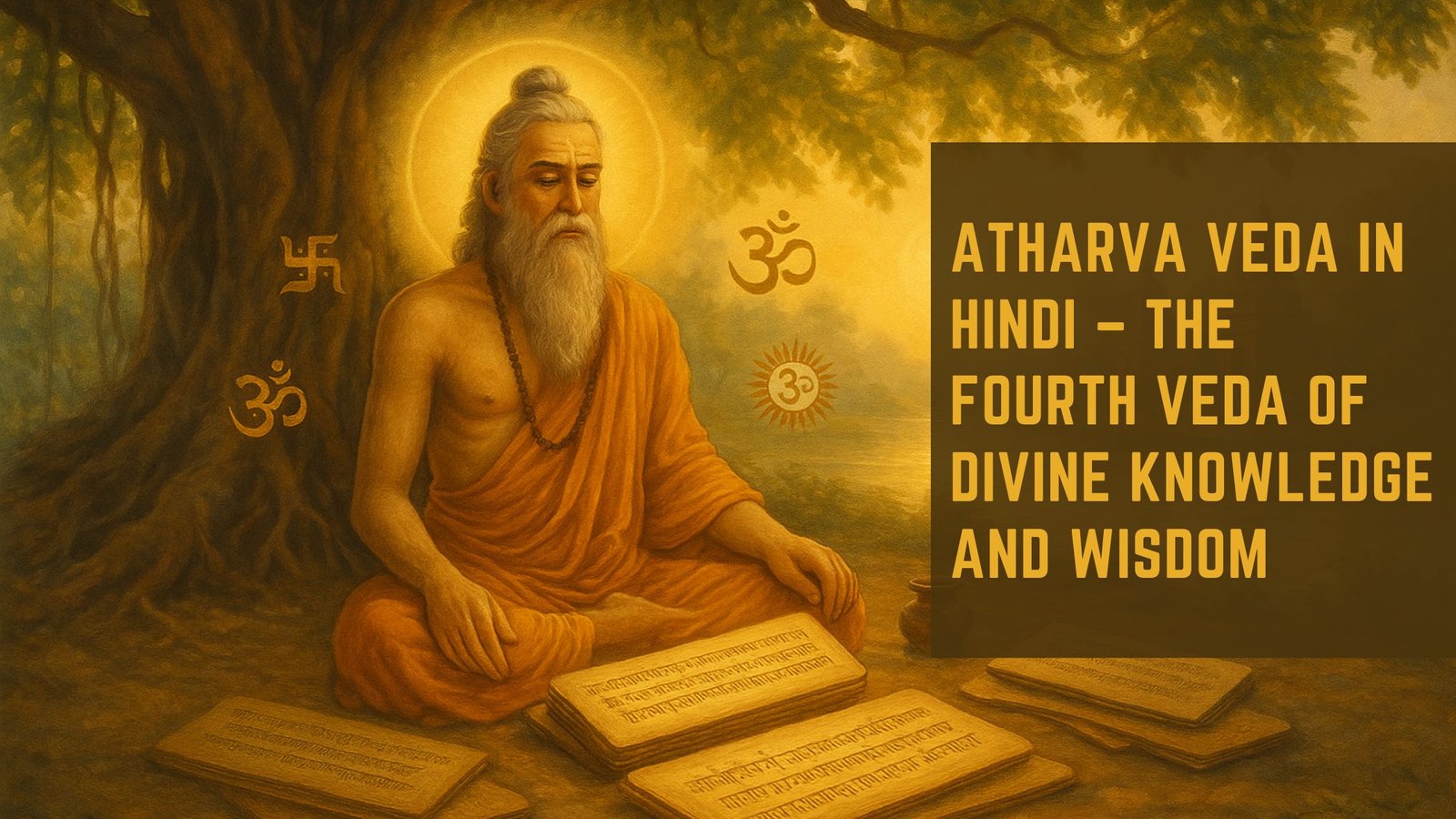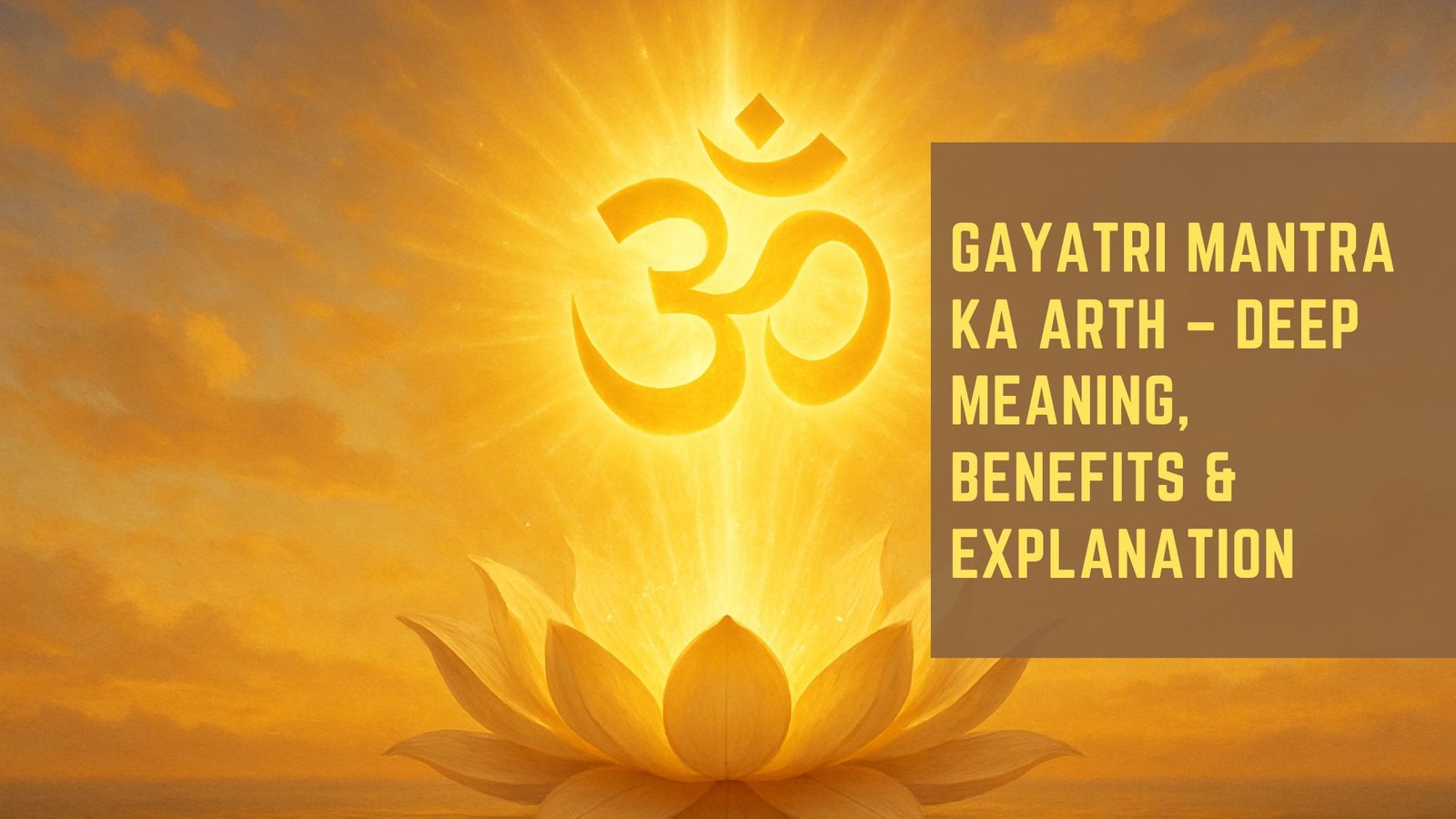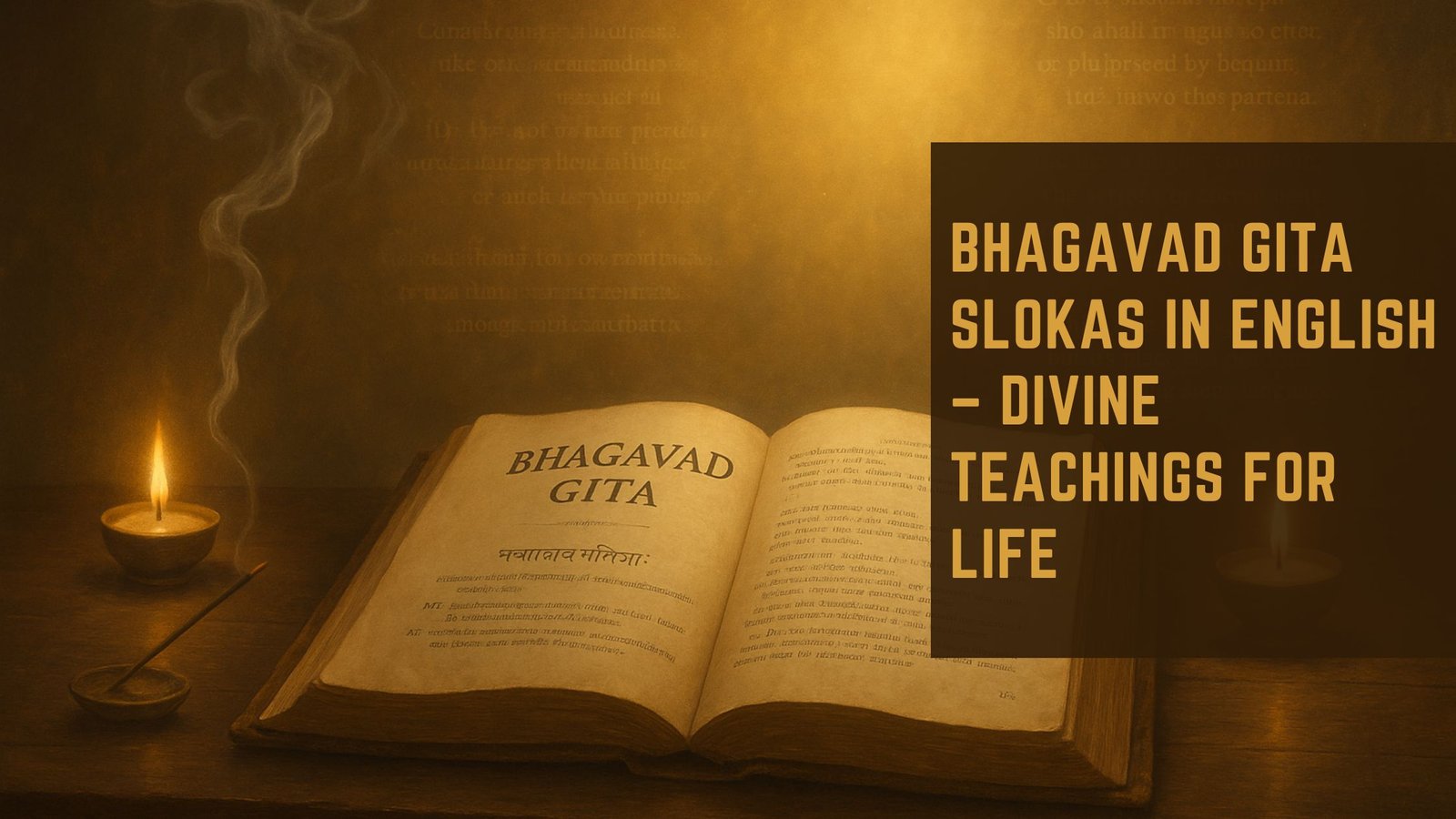The Bhagavad Gita begins with an iconic verse that sets the stage for the great battle of Mahabharata. The very first words of the scripture are “Dharmakshetra Kurukshetra“, emphasizing the significance of the battlefield where dharma (righteousness) and adharma (unrighteousness) collide. This phrase is not merely a geographical reference but a profound symbol of the eternal struggle between good and evil.
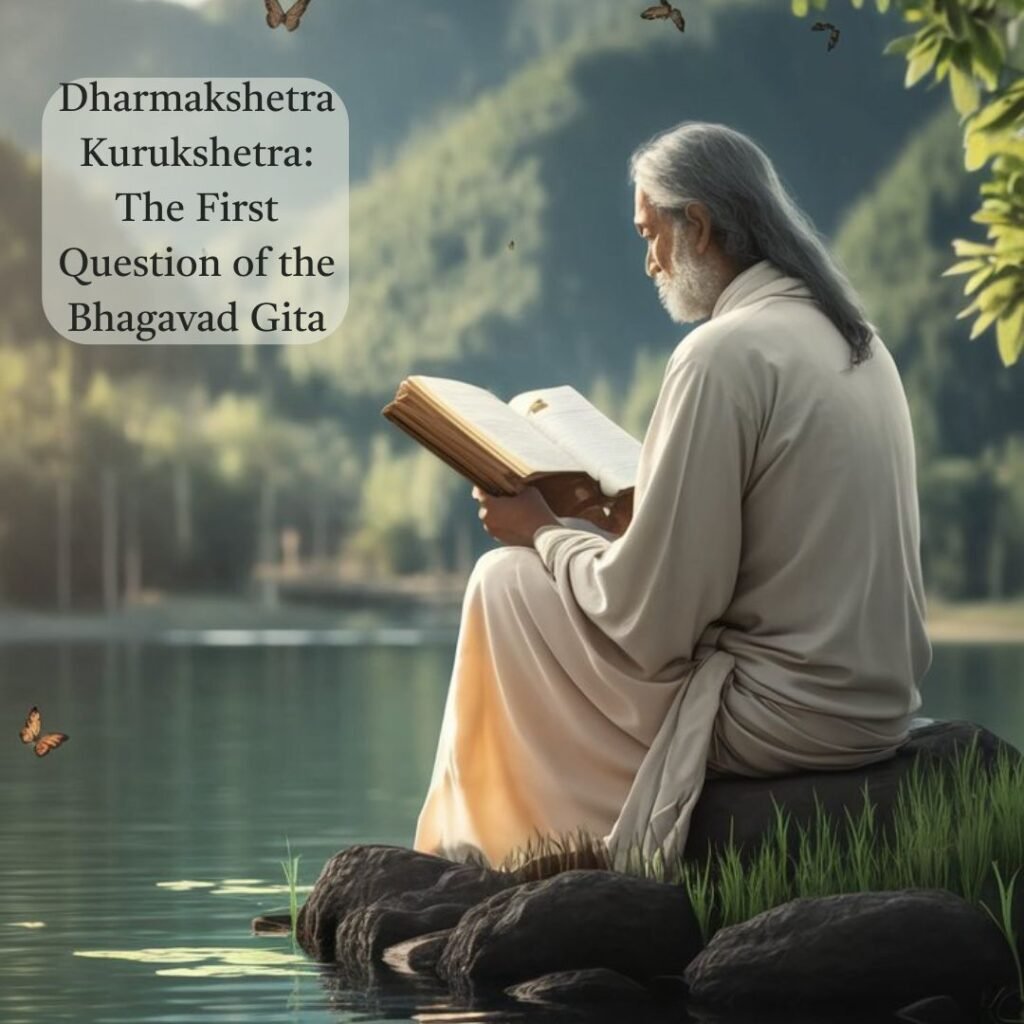
Table of Contents
Meaning of Dharmakshetra Kurukshetra
1. Kurukshetra: The Physical Battlefield
Location & Historical Significance:
- Kurukshetra is a real place located in present-day Haryana, India.
- It has been an important site in Indian history and mythology, mentioned in various scriptures.
- The land has been sacred for centuries, as many sages and rishis performed penances and yajnas (sacrificial rituals) here.
Battleground of the Mahabharata:
- Kurukshetra became the battlefield for the epic war of the Mahabharata, fought between the Pandavas and the Kauravas.
- It was chosen because it was considered a neutral and holy land, where warriors were expected to fight with honor.
- Many battles took place in Kurukshetra, but the Mahabharata war was the most significant, shaping the course of Hindu philosophy.
2. Dharmakshetra: The Land of Righteousness
Spiritual Meaning of “Dharmakshetra”:
- The word “Dharma” means righteousness, duty, moral order, and truth.
- “Dharmakshetra” means “The Field of Dharma”, suggesting that Kurukshetra was not just a war zone but a sacred ground where the principles of righteousness were to be upheld.
Symbolism in the Mahabharata:
- The battle of Mahabharata was not just a political war for a kingdom but a cosmic struggle between dharma (righteousness) and adharma (unrighteousness).
- Lord Krishna, who served as Arjuna’s charioteer and guide, emphasized that fighting for righteousness is one’s ultimate duty (Dharma).
Influence of the Battlefield:
- Dhritarashtra, the blind king, was worried that Kurukshetra, being a land of righteousness, might influence his sons (the Kauravas) to follow the path of dharma, which he feared would not be in their favor.
- However, the battle proved that even in the midst of war, righteousness must prevail.
The First Question of the Bhagavad Gita
In Bhagavad Gita 1.1, King Dhritarashtra asks Sanjaya:
“Dharmakshetre Kurukshetre samaveta yuyutsavah | “Mamakah Pandavas chaiva kimakurvata Sanjaya?”
Interpretation of the Verse
- Dhritarashtra’s Doubt: Being blind, Dhritarashtra is anxious about the outcome of the war.
- Contrast Between “Mamakah” and “Pandavah”: He differentiates between his sons (Kauravas) and the Pandavas, revealing his bias.
- Kurukshetra as Dharmakshetra: He fears that the sacred land may influence the warriors’ minds, especially his own sons, leading them to act righteously, which may not favor the Kauravas.
Dhritarashtra’s Inquiry about the Kurukshetra War
धर्मक्षेत्रे कुरुक्षेत्रे समवेता युयुत्सवः ।
मामकाः पाण्डवाश्चैव किमकुर्वत सञ्जय ॥ १ ॥
Transliteration:
dharmakṣetre kurukṣetre samavetā yuyutsavaḥ |
māmakāḥ pāṇḍavāś caiva kim akurvata sañjaya || 1 ||
Word-by-word Meaning:
- dharmakṣetre = In the field of Dharma (righteousness)
- kurukṣetre = In the field of the Kurus (Kurukshetra)
- samavetāḥ = Assembled
- yuyutsavaḥ = Desiring to fight
- māmakāḥ = My sons (the Kauravas)
- pāṇḍavāḥ ca eva = And the sons of Pandu (the Pandavas)
- kim akurvata = What did they do?
- sañjaya = O Sanjaya
Translation:
“O Sanjaya, after assembling on the holy field of Kurukshetra, desiring to fight, what did my sons and the sons of Pandu do?”
Context & Explanation:
This verse marks the beginning of the Bhagavad Gita, where King Dhritarashtra is asking his charioteer Sanjaya about what is happening on the battlefield of Kurukshetra. Kurukshetra is called Dharmakshetra (the field of righteousness) because it was considered a sacred place.
Dhritarashtra, being the father of the Kauravas, refers to them as “māmakāḥ” (my sons), whereas he refers to the Pandavas separately, indicating a sense of bias. This verse sets the stage for the entire dialogue of the Bhagavad Gita, where Lord Krishna imparts divine wisdom to Arjuna.
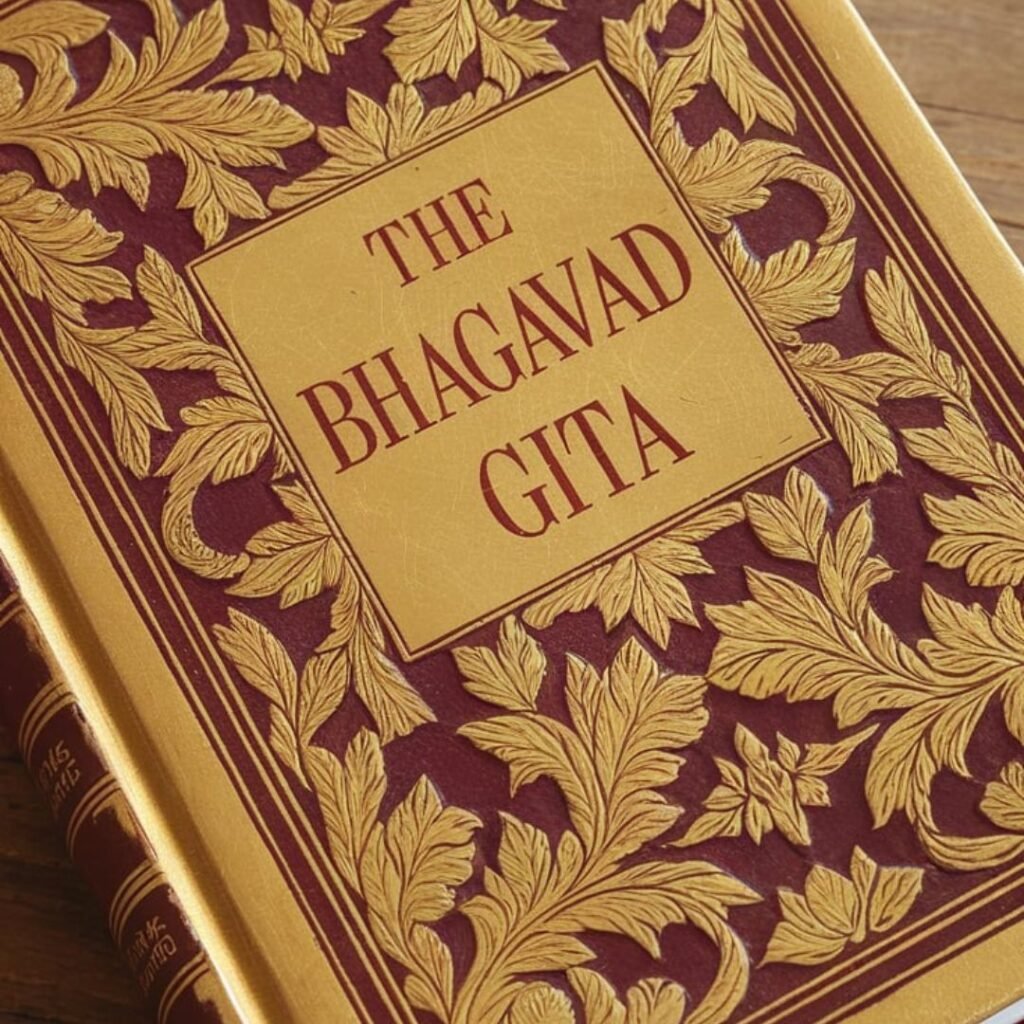
Spiritual and Philosophical Significance
1. Kurukshetra as the Battlefield of Life
- Represents every individual’s inner conflict between righteousness and temptation.
- Every person faces moral dilemmas just as Arjuna did on the battlefield.
2. Symbolism of Dharma and Karma
- Krishna, as the divine charioteer, guides Arjuna towards duty (Dharma) over emotional distress.
- The Gita teaches the importance of selfless action (Karma Yoga).
3. Eternal Relevance
- The concept of “Dharmakshetra” extends beyond a historical event to a timeless philosophy.
- It reminds humanity of the need to stand for righteousness in every aspect of life.
Conclusion
The phrase “Dharmakshetra Kurukshetra” is not just the opening line of the Bhagavad Gita; it encapsulates the core message of the scripture. It symbolizes the eternal battlefield of life, where individuals must choose between duty and desire, righteousness and wrongdoing. Understanding its deeper meaning allows one to apply the Gita’s wisdom in daily life, guiding them towards a path of righteousness and self-realization. For more insights, visit The Gita.
